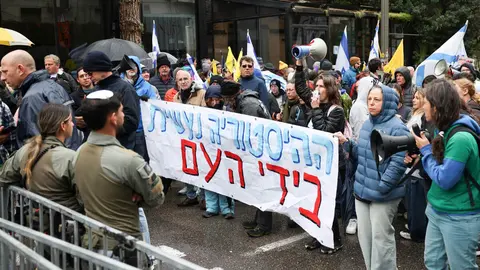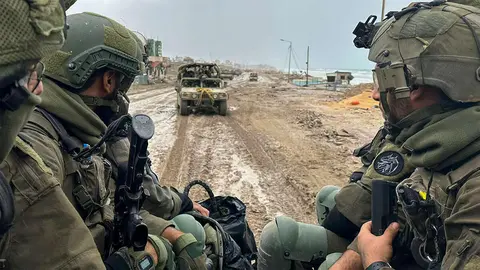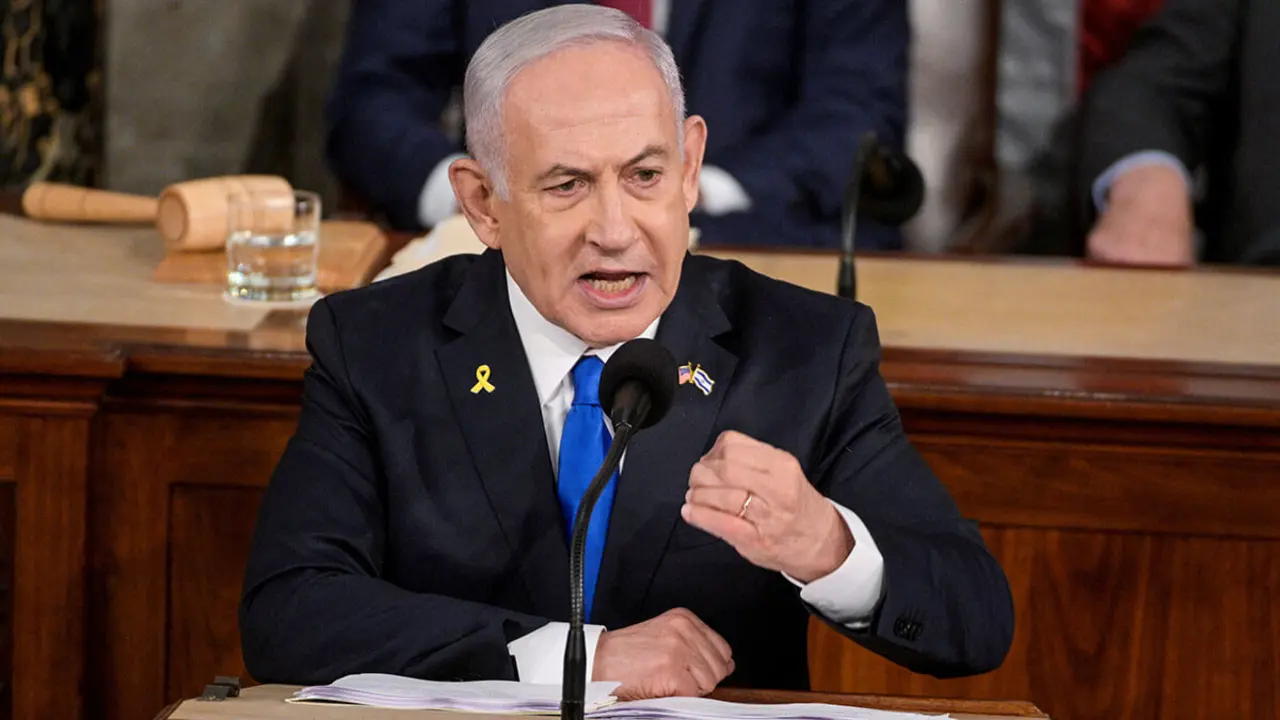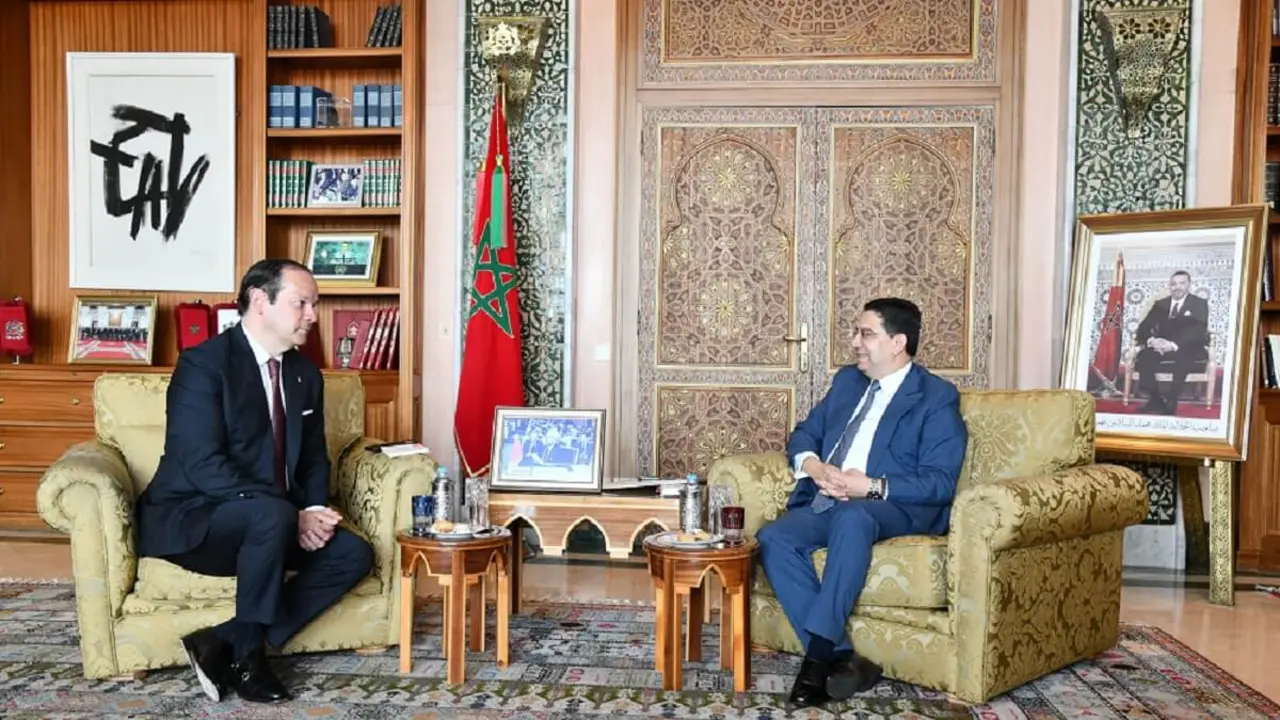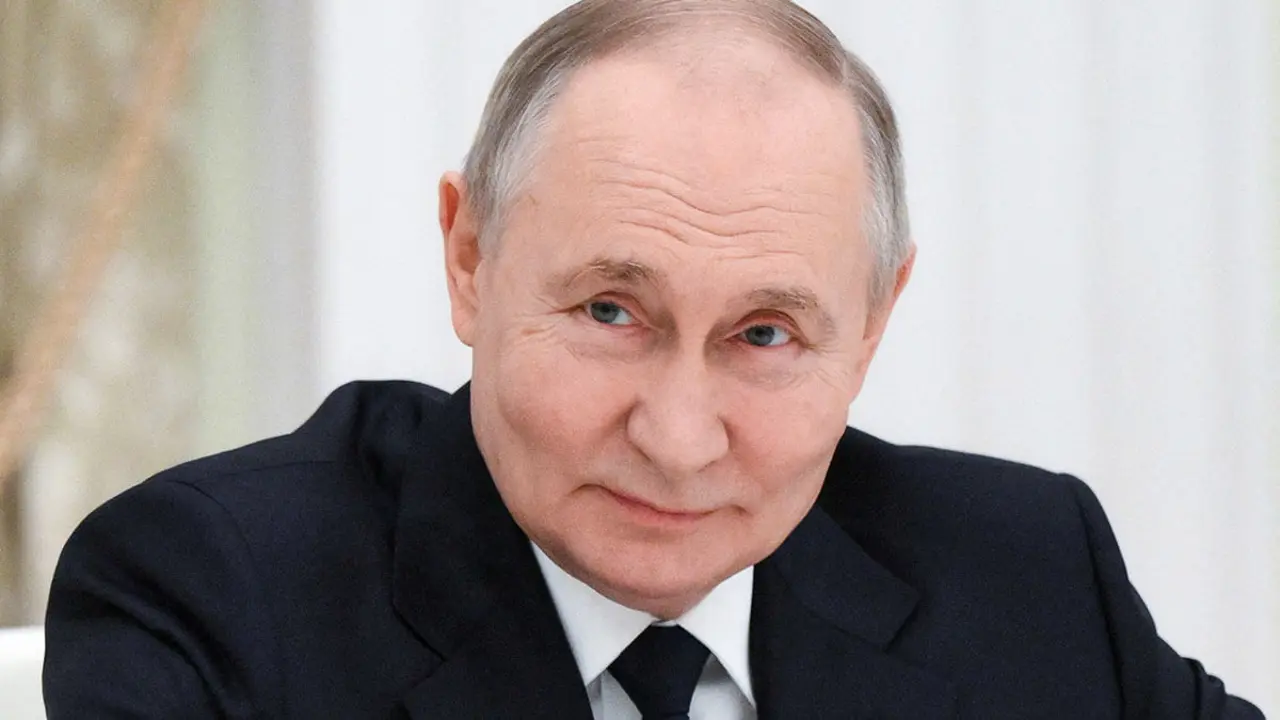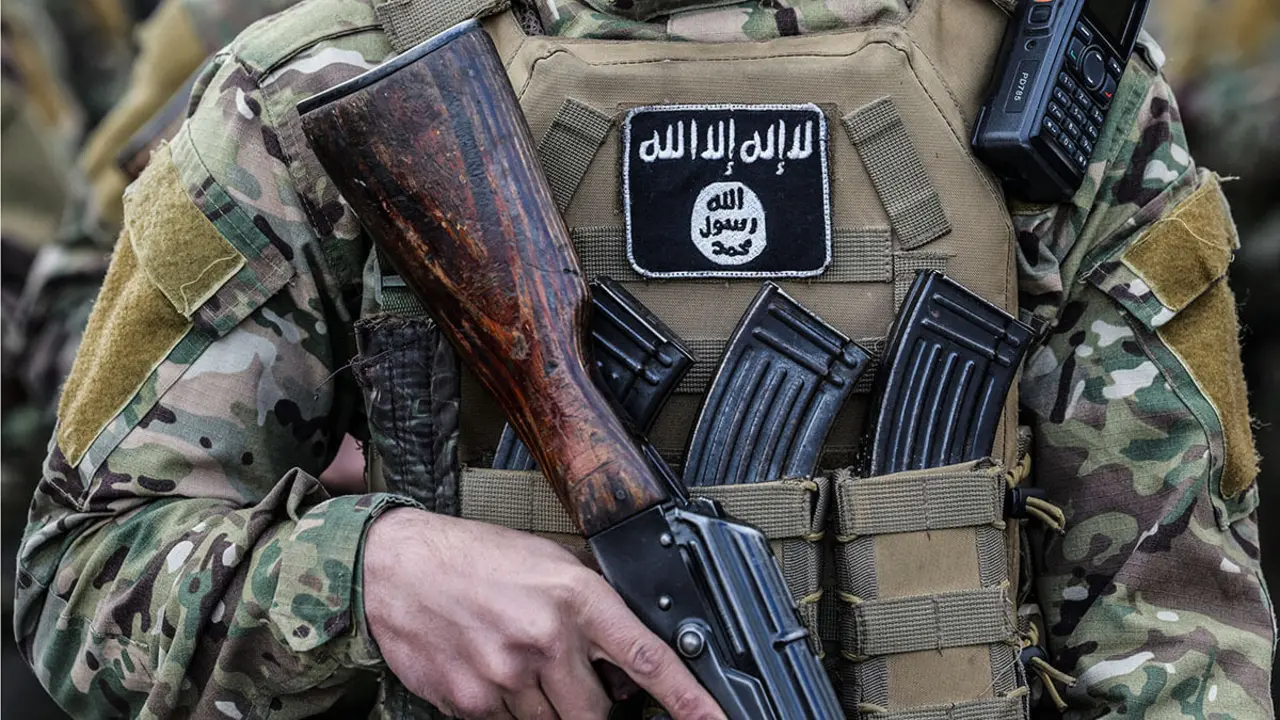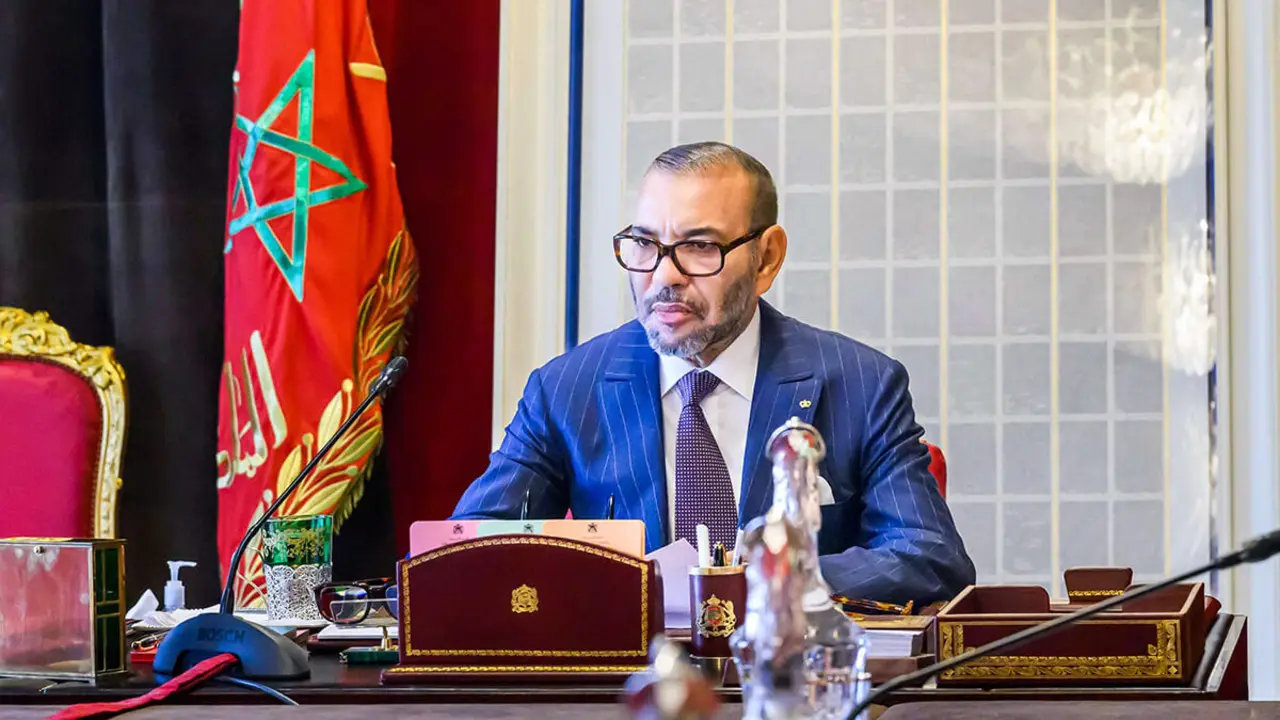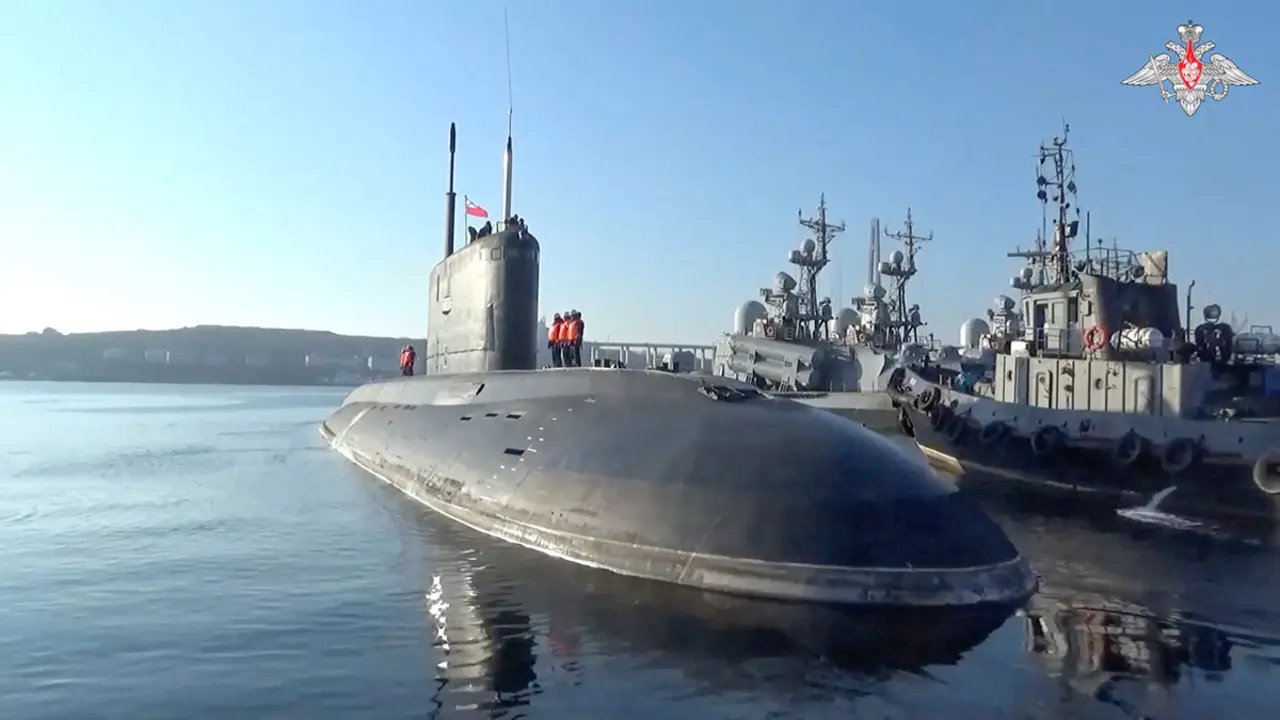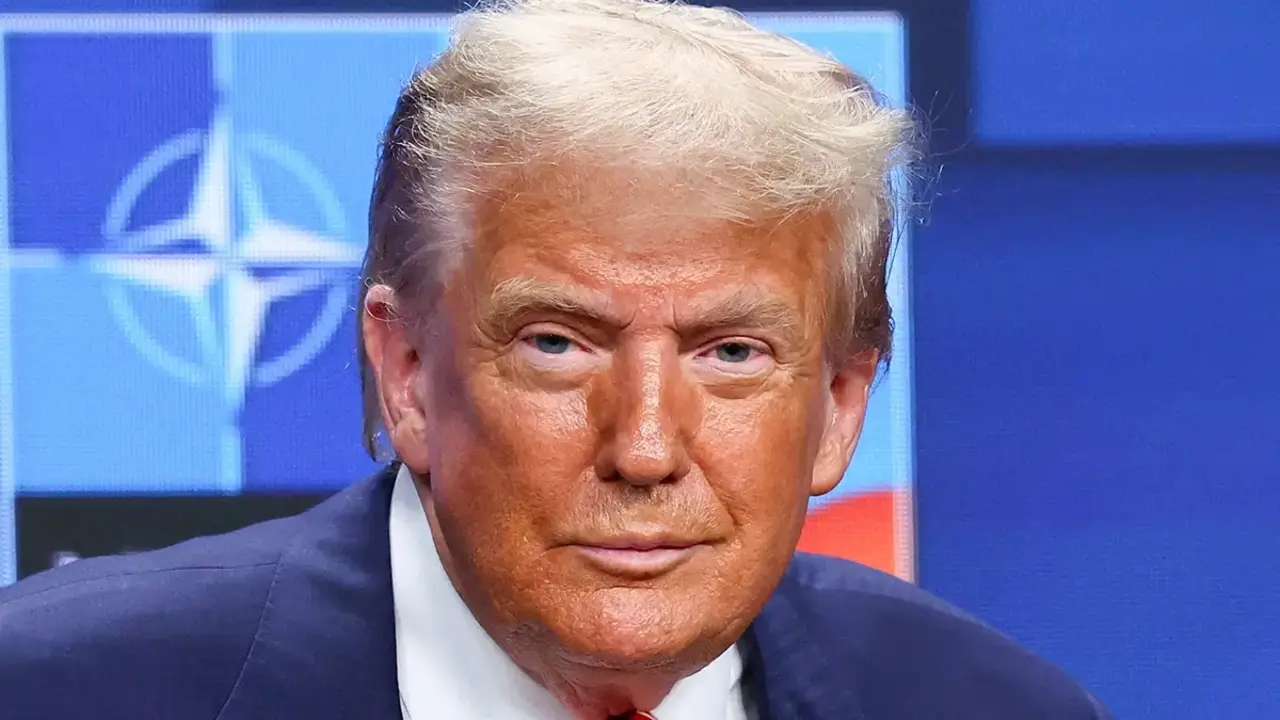Street protests in Gaza challenge the power of Hamas
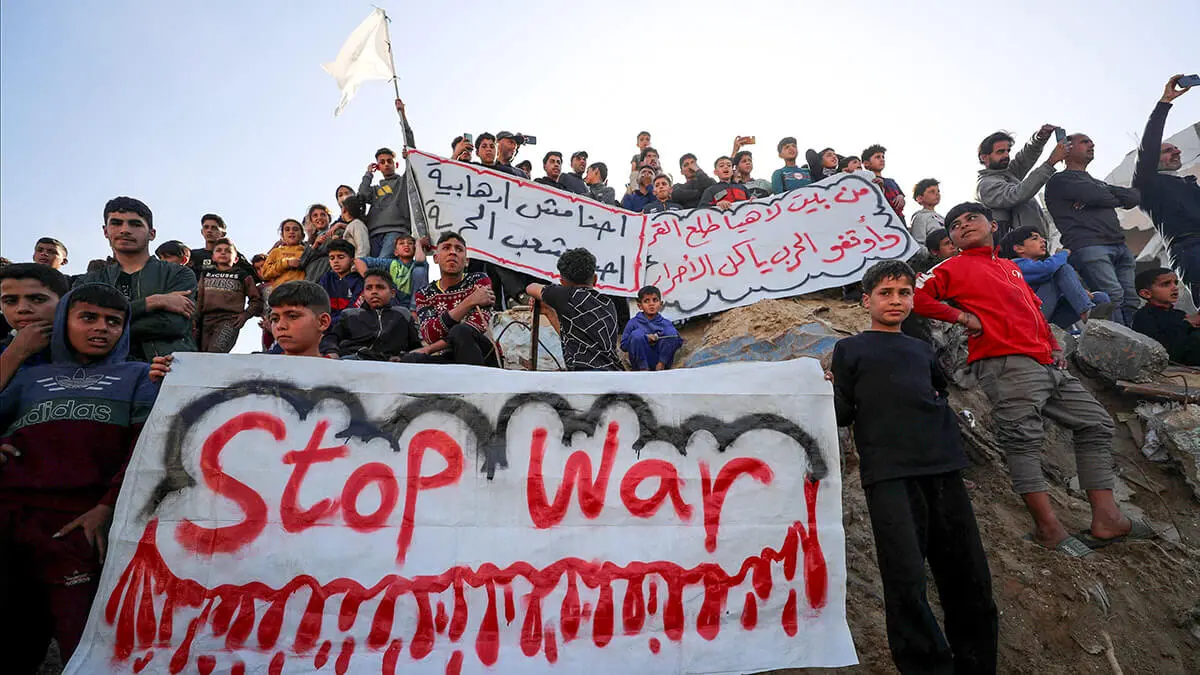
Tension is rising in the streets of the Gaza Strip due to the growing discontent of the Gazan population, threatening to turn into an internal conflict that Hamas, which has ruled the enclave since 2007, is not expecting.
There is total exasperation. Over the last week, the protests have been gaining ground, in what analysts consider to be ‘a reflection of the generalised frustration that exists against the Islamist movement’, not only because of the way the conflict is being handled, but also because of the total control of the aid that arrives from abroad, as the citizens of Gaza consider that it is not being distributed as it should be.
At the forefront of the demonstrations are the clans and tribes historically influential within the Strip, who have publicly declared their opposition to the terrorist organisation Hamas, which they consider to be the culprit of all the recent evils suffered by the Gazans.
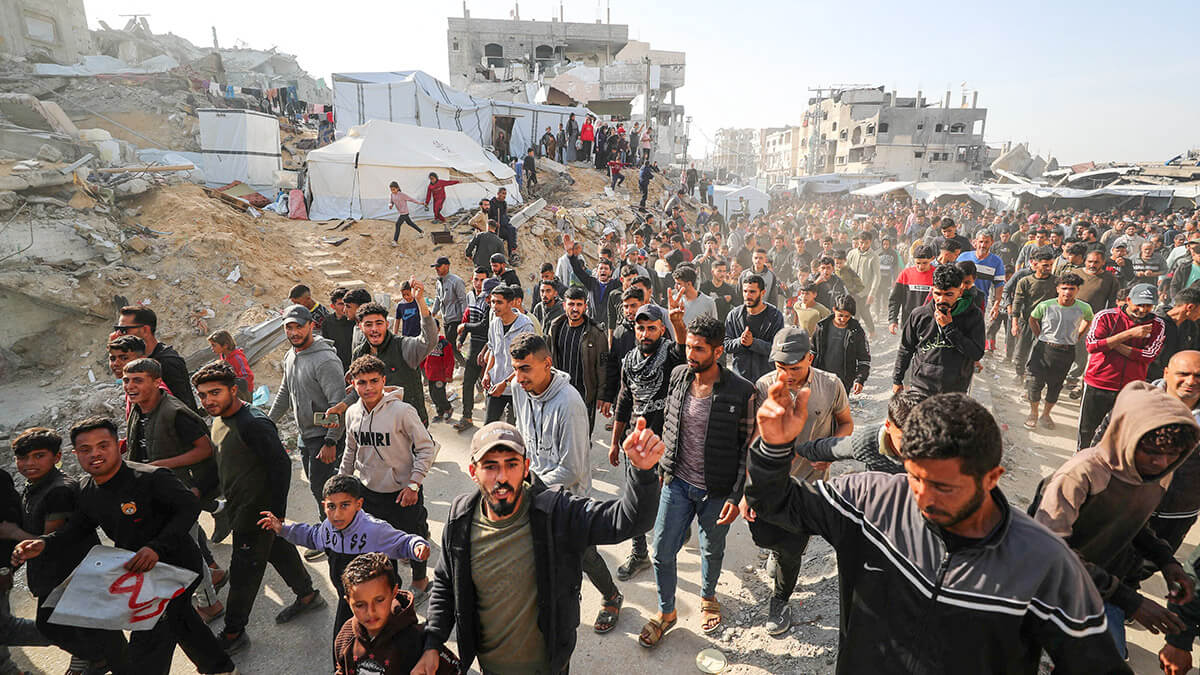
‘Out, out with Hamas, out’
Although these groups were not the ones who started the protests. The unrest had emerged days before with spontaneous marches in Beit Lahia, Shujaiya, Jabalia and Deir al-Balah where residents and other Gazans from other regions of the Strip chanted ‘Out, out Hamas, out’ and ‘The people want to overthrow Hamas’.
These demonstrations mark a milestone in Gaza, as they are not isolated movements, but widespread protests, which have arisen from the rubble and the more than 50,000 people killed so far since the conflict began, according to the Gaza Ministry of Health. In response to this, Hamas has claimed, aware that the clans have a very strong influence on Gazan society, that these are pro-Israeli movements seeking to destabilise the Strip.
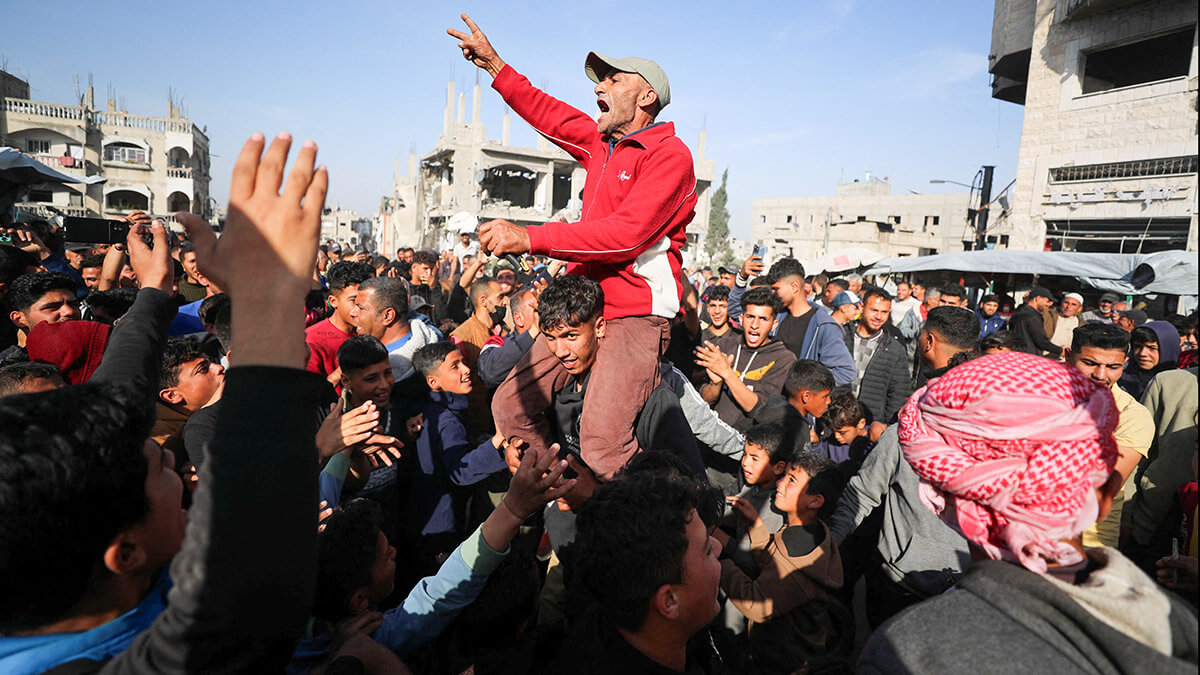
However, this strategy is unconvincing as Israel does not need these pretexts to fight Hamas, with whom they have been fighting since the attacks of 7 October 2023.
The frustration is absolute. Israeli experts and analysts point out that these accusations by Hamas against the protesters are a symbol of weakness within the Palestinian enclave and a mere attempt to maintain power and control over Gaza.
Furthermore, the testimonies of demonstrators, such as the surgeon Mahmoud Haj Ahmed and the lawyer Mohammed Atallah, reflect the aspirations of the Gazan population to end the conflict and allow new voices to rise to power so that Gaza can be rebuilt in all areas, and a state can be built whose values are the opposite of chaos and repression.
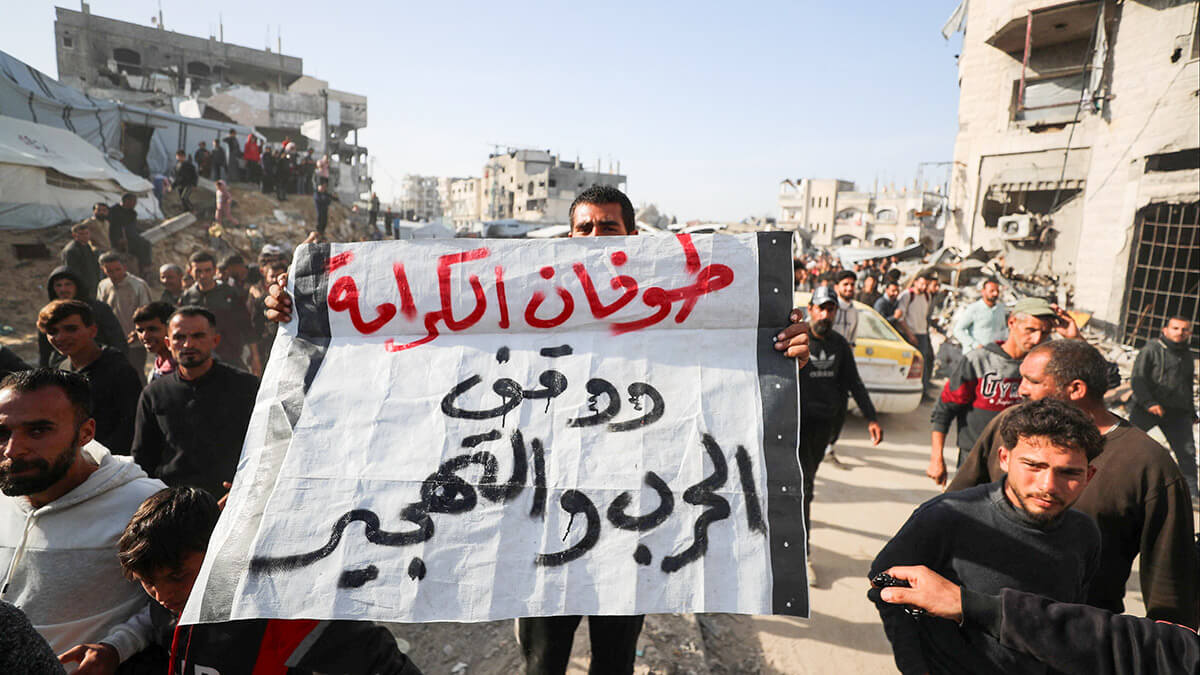
Hunger and humanitarian aid
Exhaustion has reached its limit. The appalling distribution of food and humanitarian aid from external organisations and other countries has reached a nadir in the fatigue of the Gazan population.
Since this aid was allowed in, Hamas has sought to centralise and reinforce its power of cohesion with a distribution that was apparently not equitable.
In this context, and with Hamas leaders constantly being assassinated, one after another, the leaders of the clans and tribes have been distributing aid among Gazans in a parallel way, independent of Hamas. The first consequence of this is that many international organisations are refusing to work with Hamas on the issue of sending humanitarian aid, which further weakens the organisation's position inside Gaza.
Hamas leaders, such as Bassem Naim, insist that these are acts instigated by external agents seeking to weaken the organisation at a time when the conflict seems to be coming to an end.
However, this discourse is not accepted by the Gazan population who see only that Hamas is incapable of reaching agreements while more and more people are going hungry and dying due to the lack of medicines, medical centres and electricity.
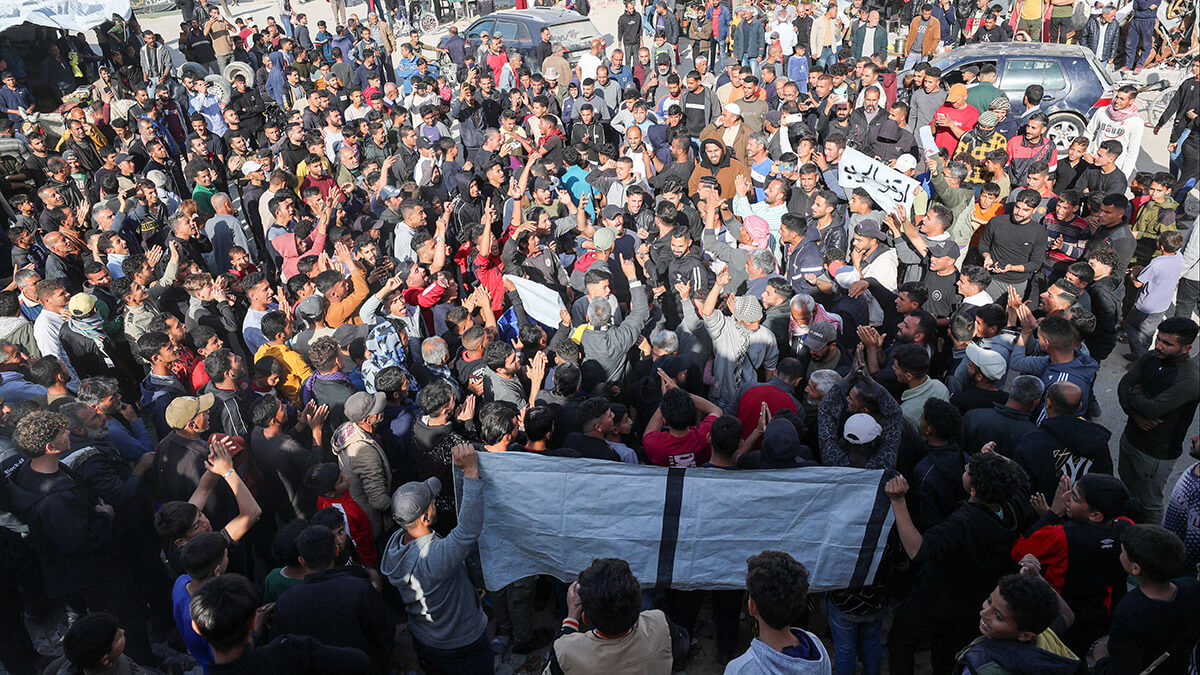
Israel and the breakdown of the ceasefire
Like a good strategist, Israel has taken advantage of Hamas's moment of weakness to intensify its military incursion into Gaza, under the pretext of the disappearance of the Hamas police following the ceasefire announced by Israeli Prime Minister Benjamin Netanyahu in March 2025.
At the same time, rival factions of Hamas, such as Fatah, have responded to the clamour of the Gazan population, joining them and seeking to capitalise on this crisis with more power within the Strip. However, experts such as Mohamed Abu Saqr, Israel's objective is to apply pressure until Hamas is asphyxiated into making as many concessions as possible, especially with regard to the liberation of the 59 hostages (of which Israel believes 21 are still alive), the disarmament of Hamas and the exile of all its leaders.
Although Hamas will not surrender until Israel fulfils the conditions of a permanent ceasefire and the withdrawal of Israeli troops from Palestinian territory.

